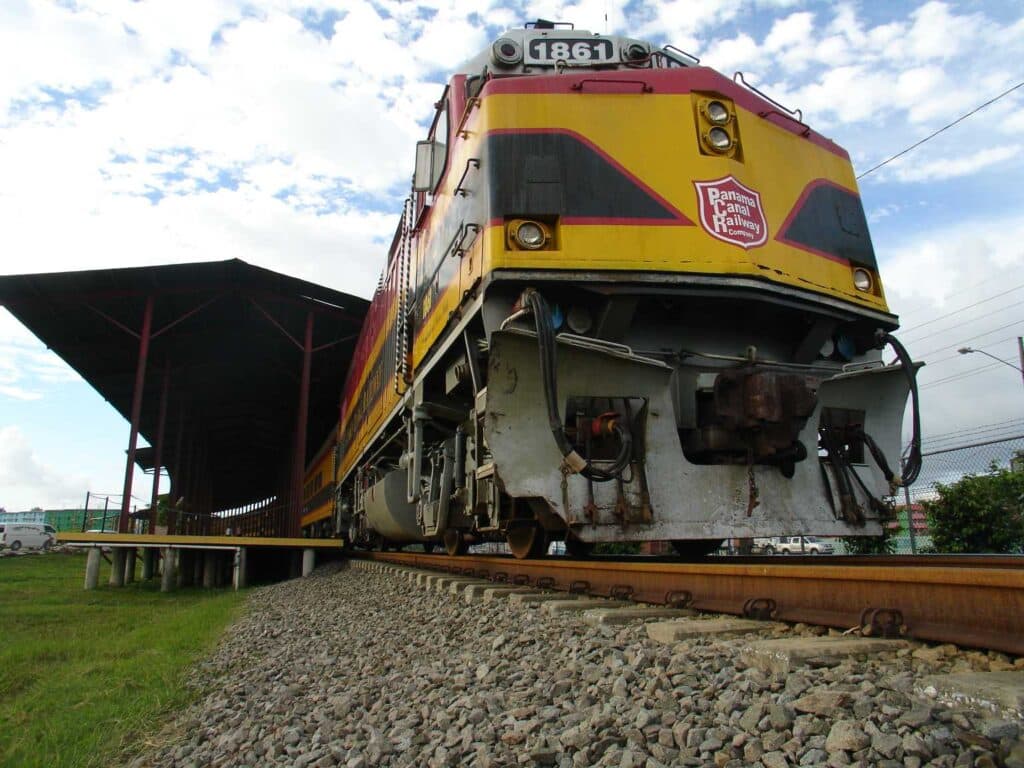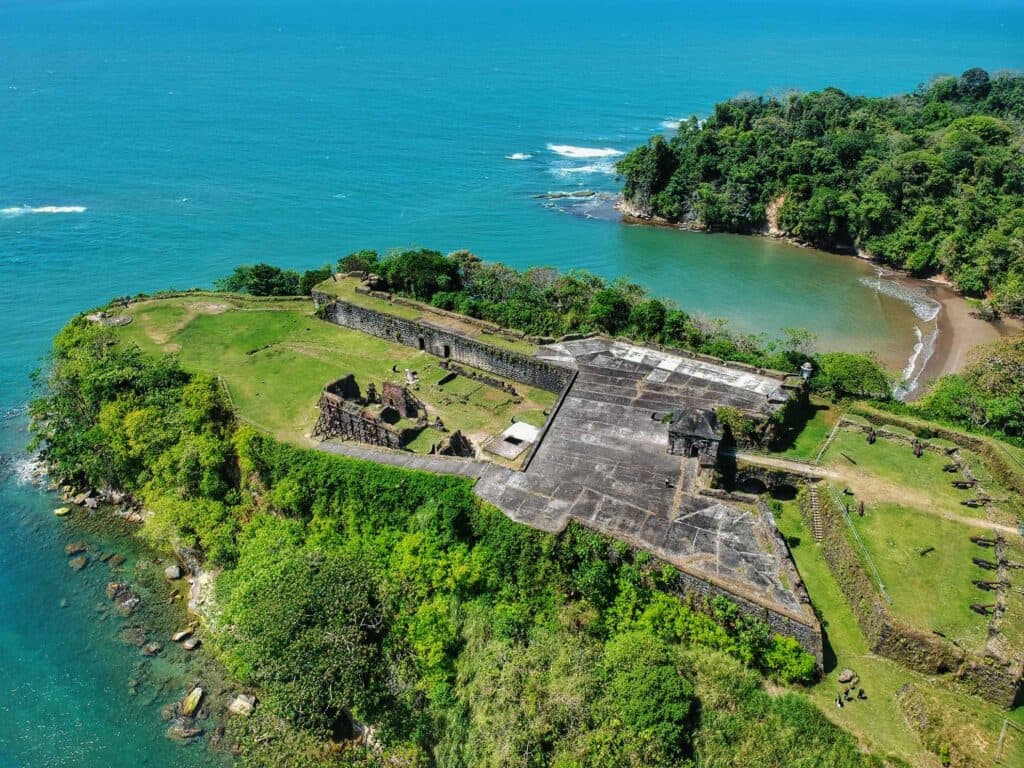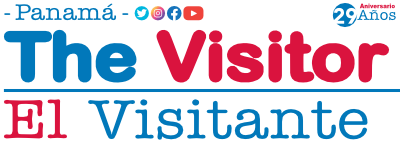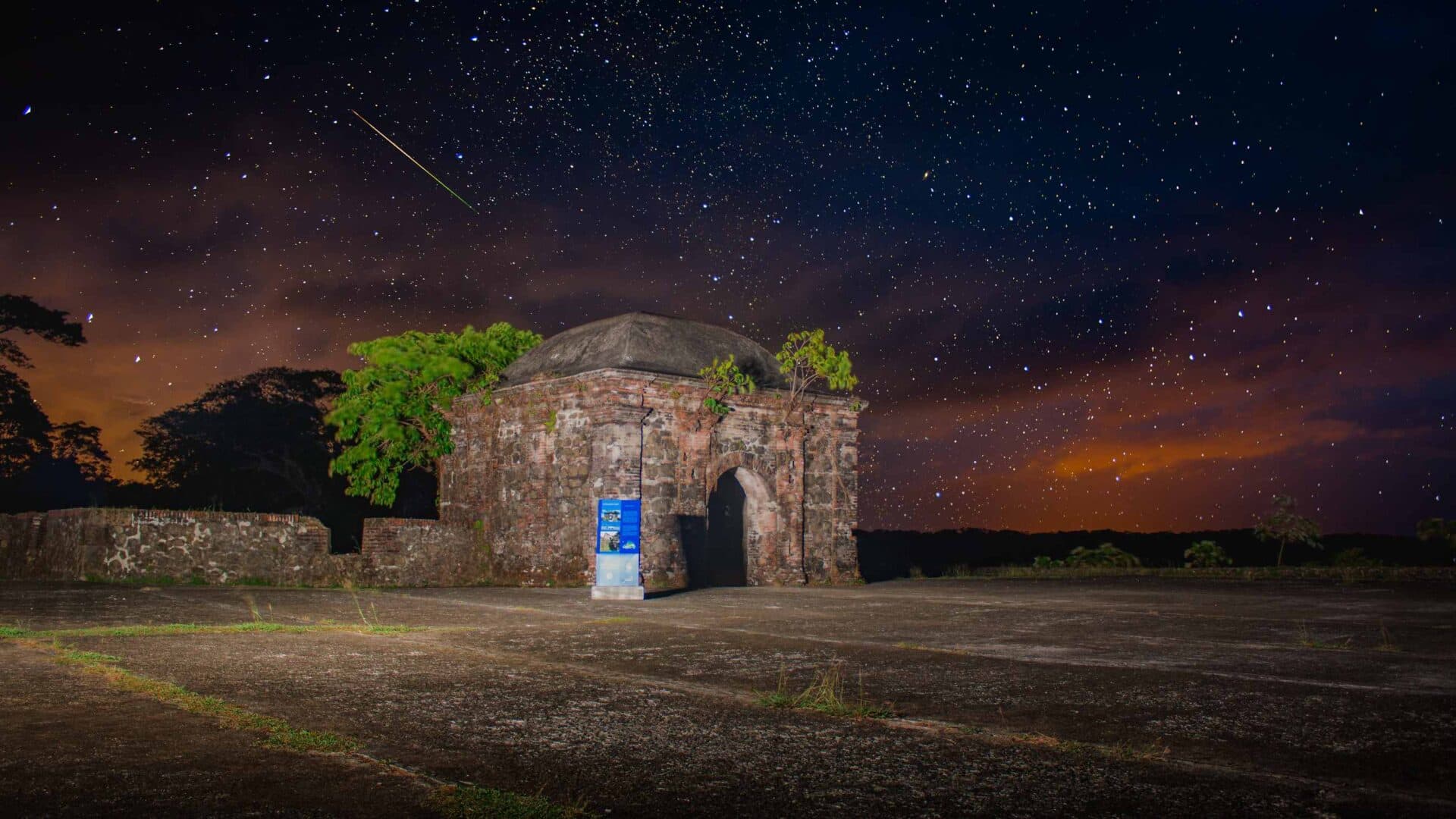Located in the Caribbean at the entrance of the Panama Canal, the name of the province comes from the sailor Christopher Columbus, who landed on these lands during his fourth trip to America. Its geographical position has played an important role in the economy and history of Panama. During the colonial era it was a strategic transit point for treasures being sent to Spain from the colonies, as well as in the construction of the interoceanic railway during the “Gold Rush” in California. Colon City is the capital of the province, founded on February 27, 1852, is famous for its Free Zone, and for being the northern terminal of the Panama Canal.
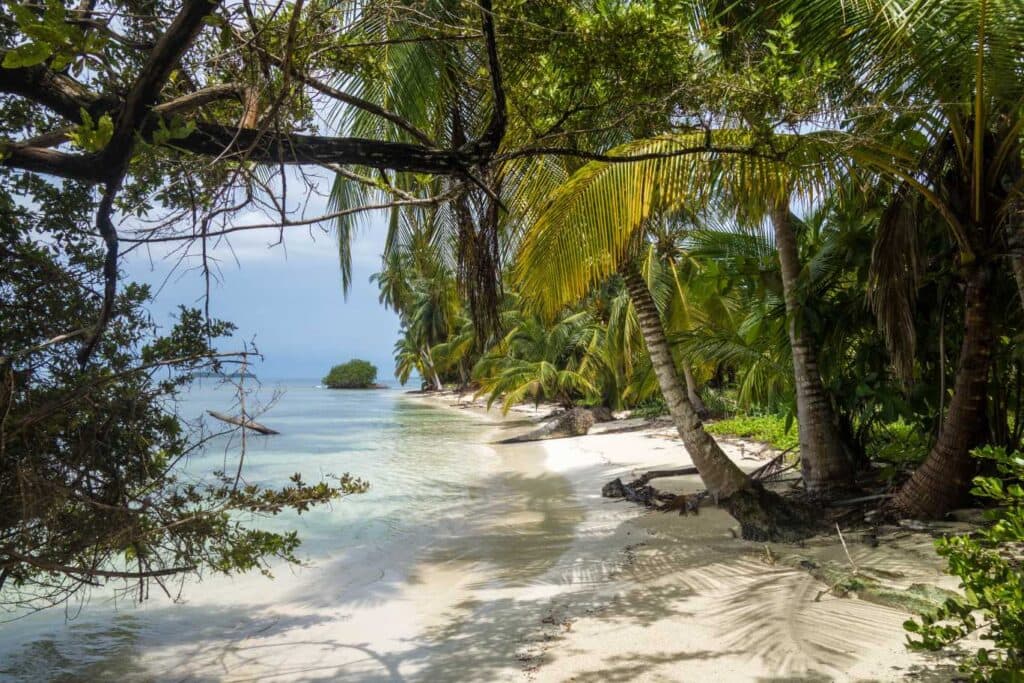
Afro culture
The origin of the Congos dates back to the times of the colony, when Europeans send to our continent the first groups of slaves from Africa. From that time the blacks began to combine their culture with that existing in the province. In this province, the Congos dances arose, where seduction and sensuality prevails between men and women, but the woman must prevent the gentleman from kissing her. Their dresses are made with pieces of cloth left by their former masters (tradition carried out by their ancestors). The dance is first and foremost a way of mocking white masters, they used to imply that there were pacts between Congos and the devil.
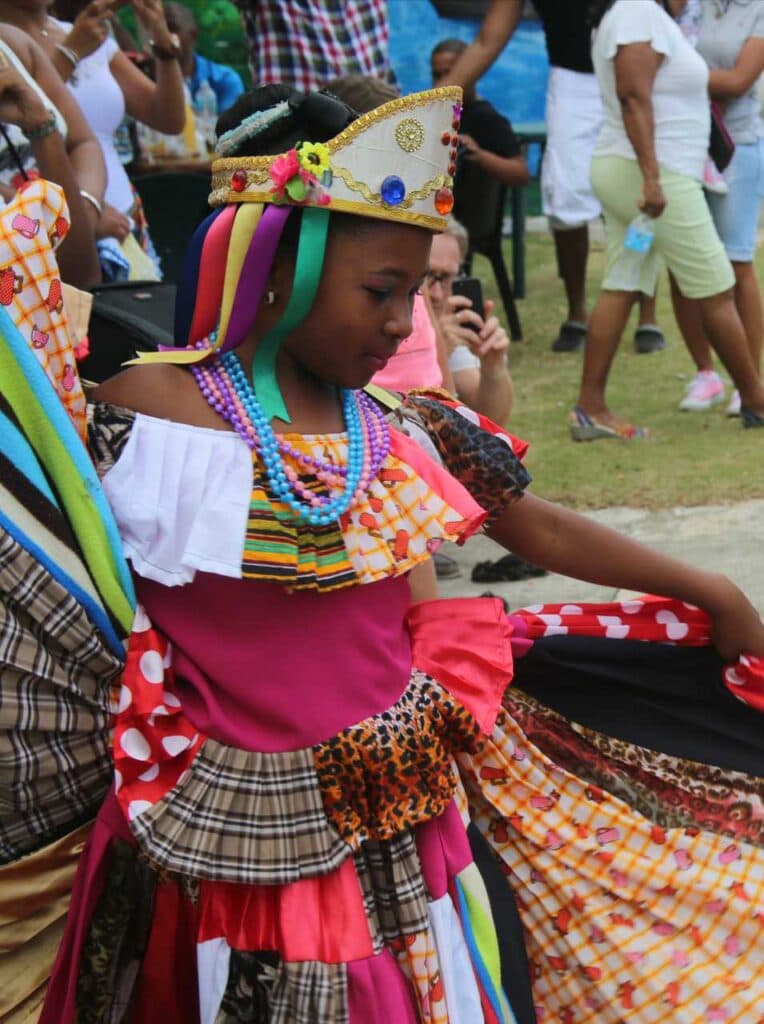
Portobelo:
The Historic Monumental Complex of Portobelo, is a town that captivates with its military, civil and religious buildings that make it unique town. Former center of world trade through the traditional fairs of the 16th to 18th centuries, Portobelo is now a World Heritage Site by UNESCO. This place keeps the history of attacks by pirates and privateers, treasures and black slaves, all have left a rich heritage in gastronomy and the essence of the colon culture “the congo dance”. Portobelo is at Costa Arriba 50kms northwest of Colón City and can be reach by car or bus entering through Sabanitas town.
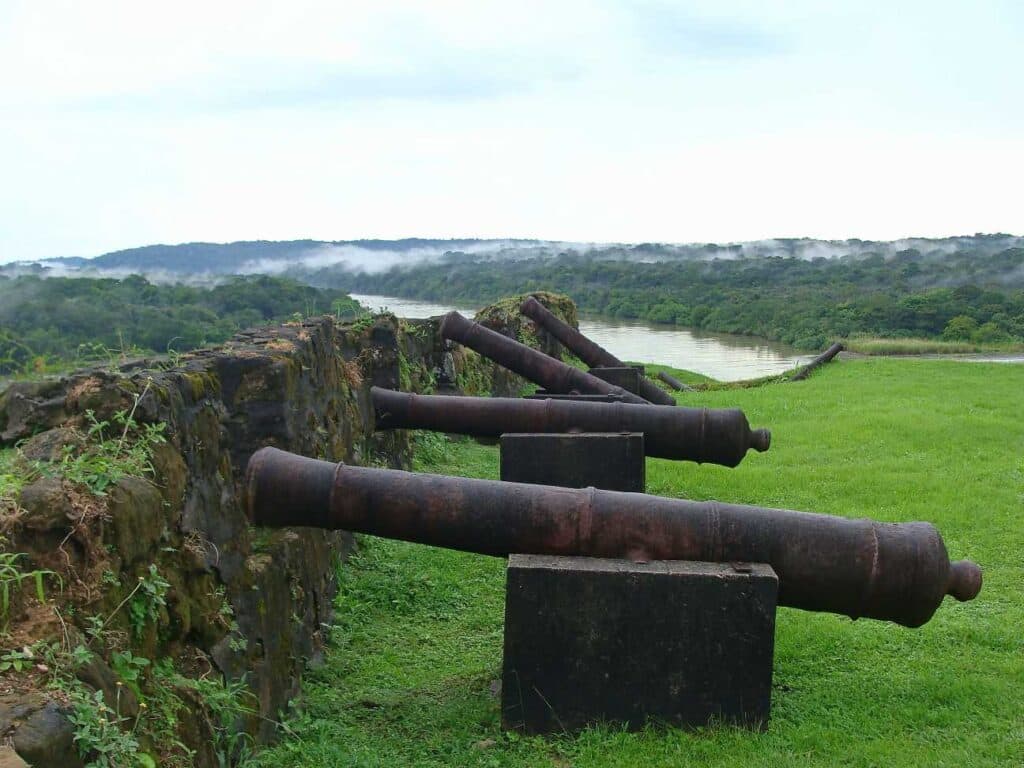
Fort San Lorenzo:
The fort of San Lorenzo is one of the oldest Spanish fortresses in America. It is located at the mouth of the Chagres River, and it was through this river that the pirate Henry Morgan arrived in Panama City “La Vieja” to loot it. UNESCO World Heritage Site, was part of the defensive ecosystem for the transatlantic trade of the Crown of Spain, a magnificent example of military architecture of the seventeenth and eighteenth centuries. This historic monument is located in Costa Abajo de Colón and is reached by car or bus through the newly opened bridge over the channel in the Atlantic.
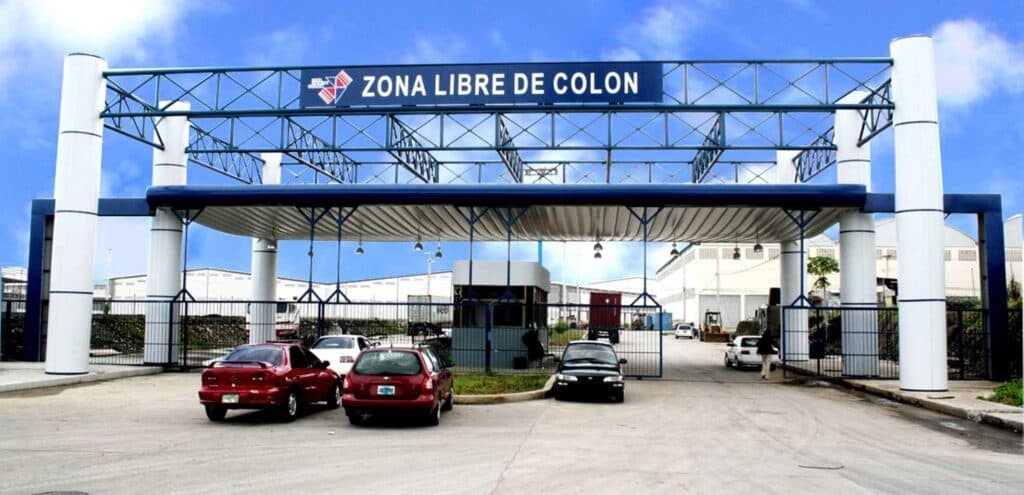
Gastronomy
Its food is very popular in the country, for its Caribbean flavor, with chili pepper being the special ingredient. You can also enjoy their specialty: fried foods, shellfish (cambombia snail, shrimp, crab, crab), rondón (fish or shellfish soup seasoned with green banana, coconut milk, vegetables, tubers, peppers, sweet peppers and spices), accompanied with coconut rice, patacones, carimañolas, patties, dumplings, johnny cake, bread bon among other delicacies. Sao (made with pork leg) is also famous.
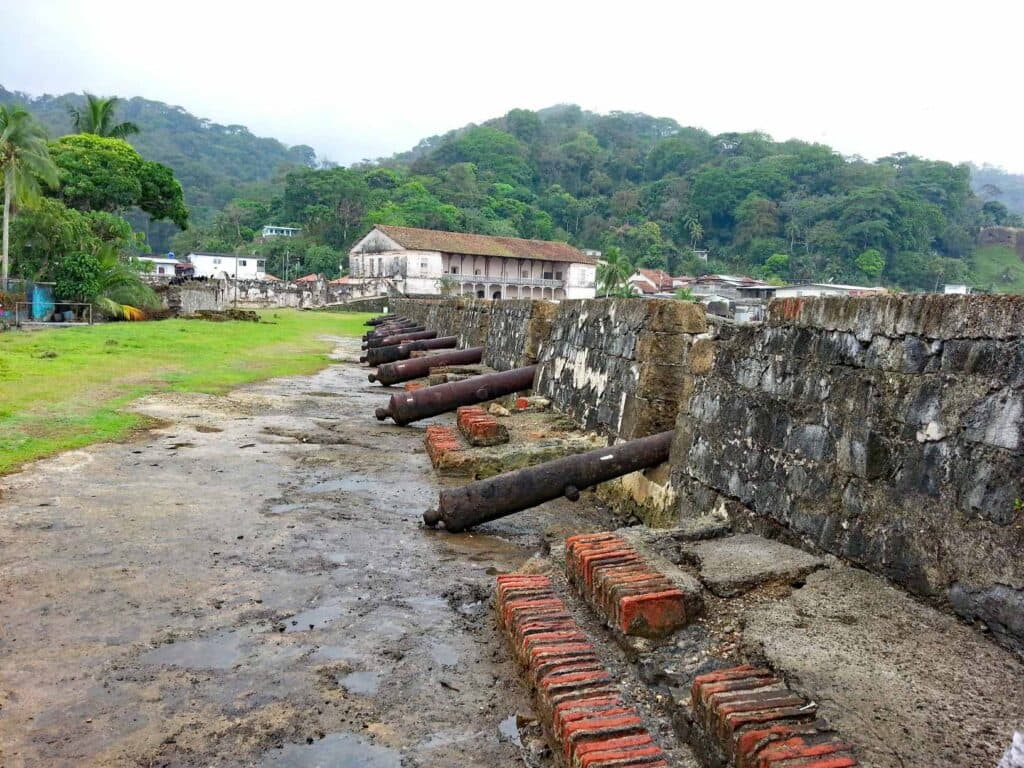
World Trade
Apart from its privileged and strategic geographical location at the continental level, Colón has an infrastructure that enhances this advantage. One proof is the huge container port in Manzanillo, located in a former US military base. It is considered one of the largest ports in the continent for merchandise distribution. The Colon Free Zone plays an important role, being the second largest zone of this type in the world. This special area created in 1948 receives, stores and redistributes merchandise from all over the world through its ports in the Atlantic and Pacific.
